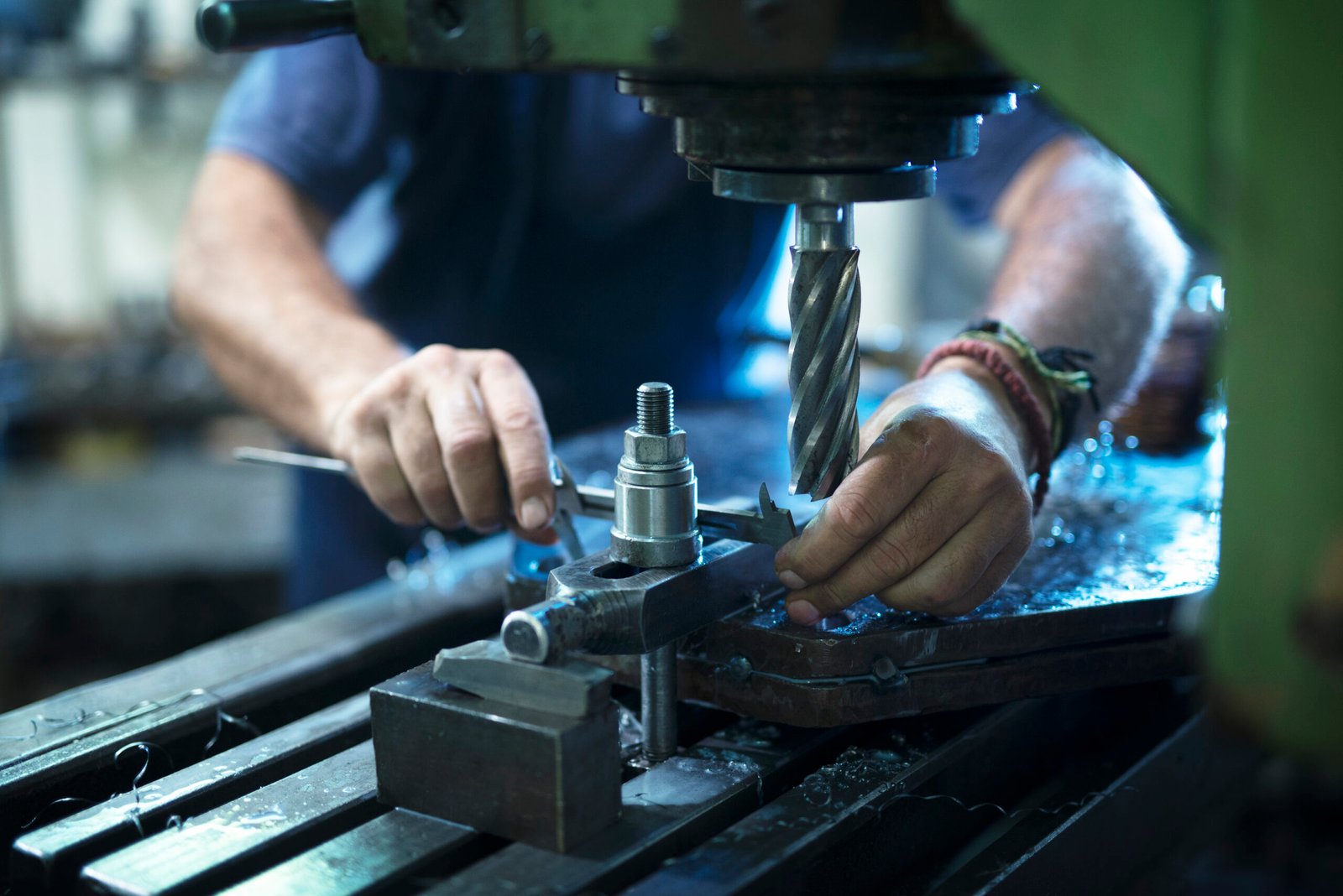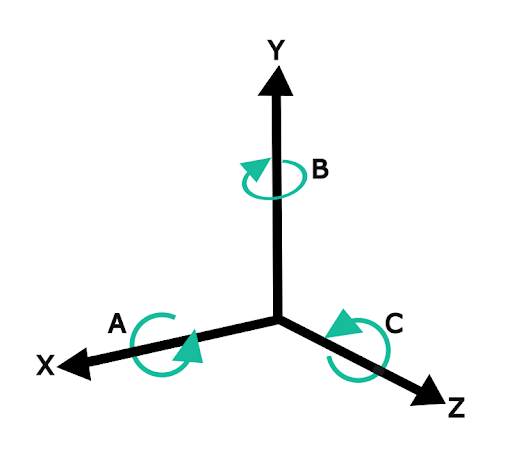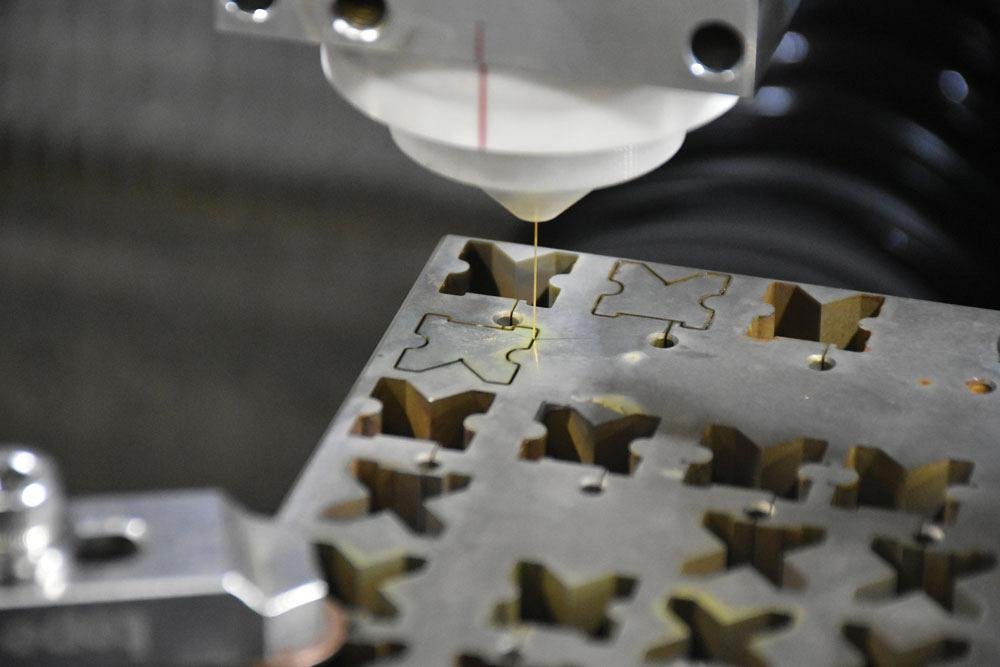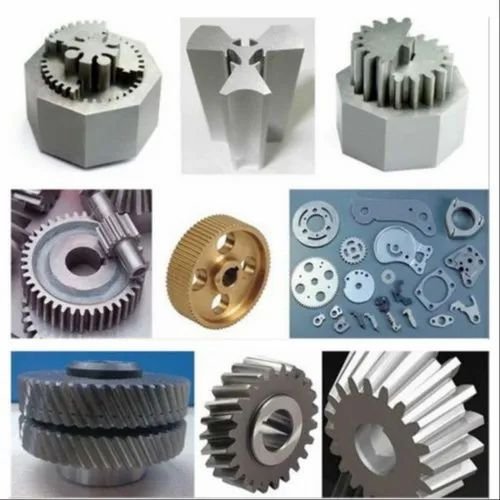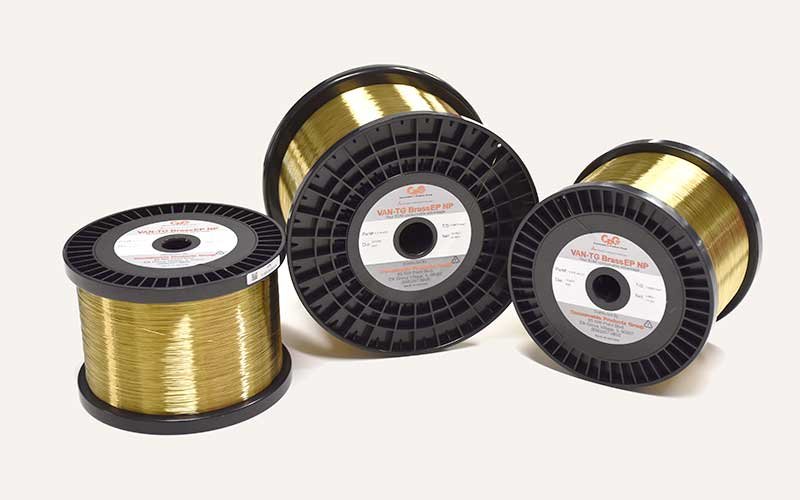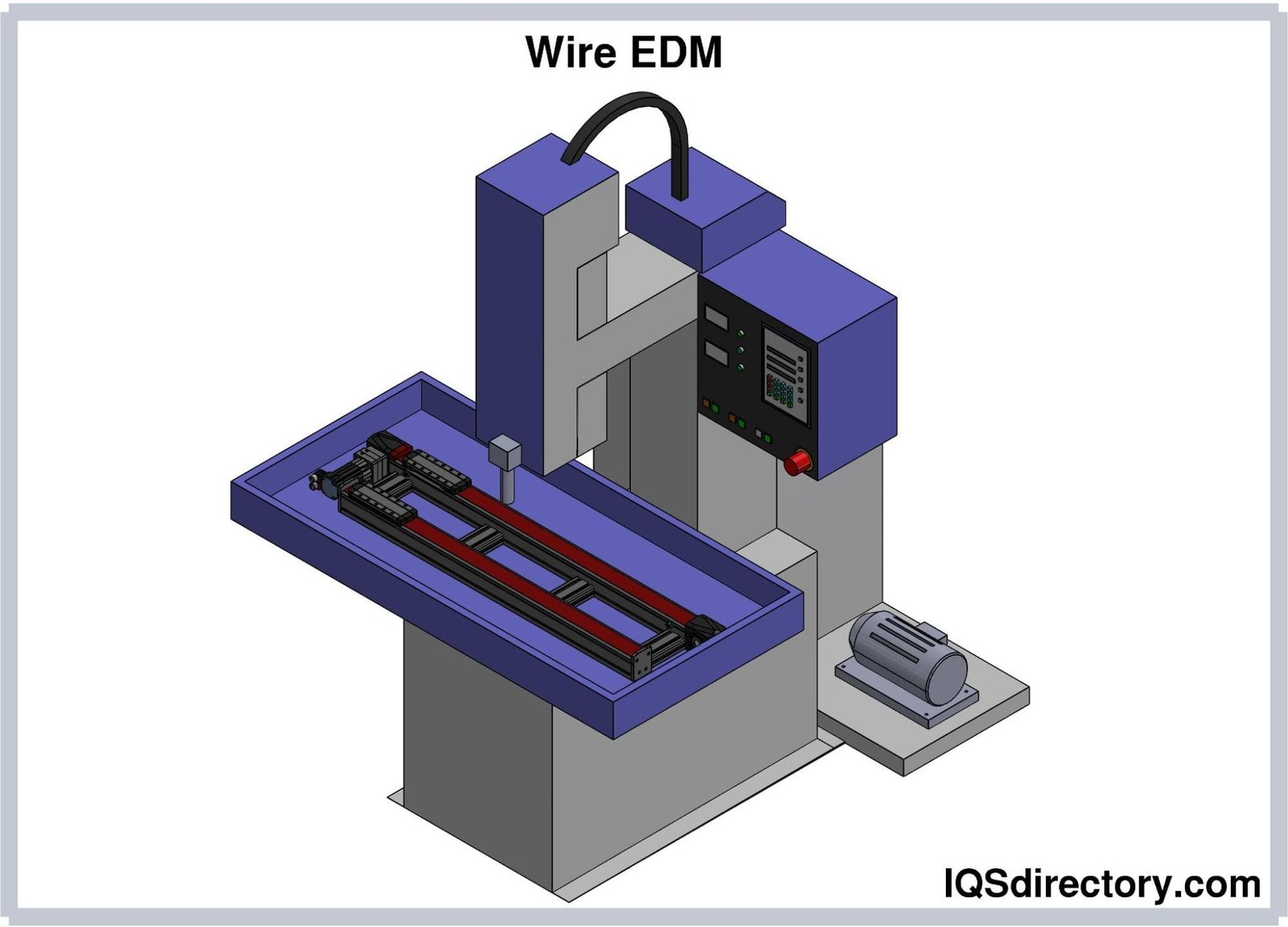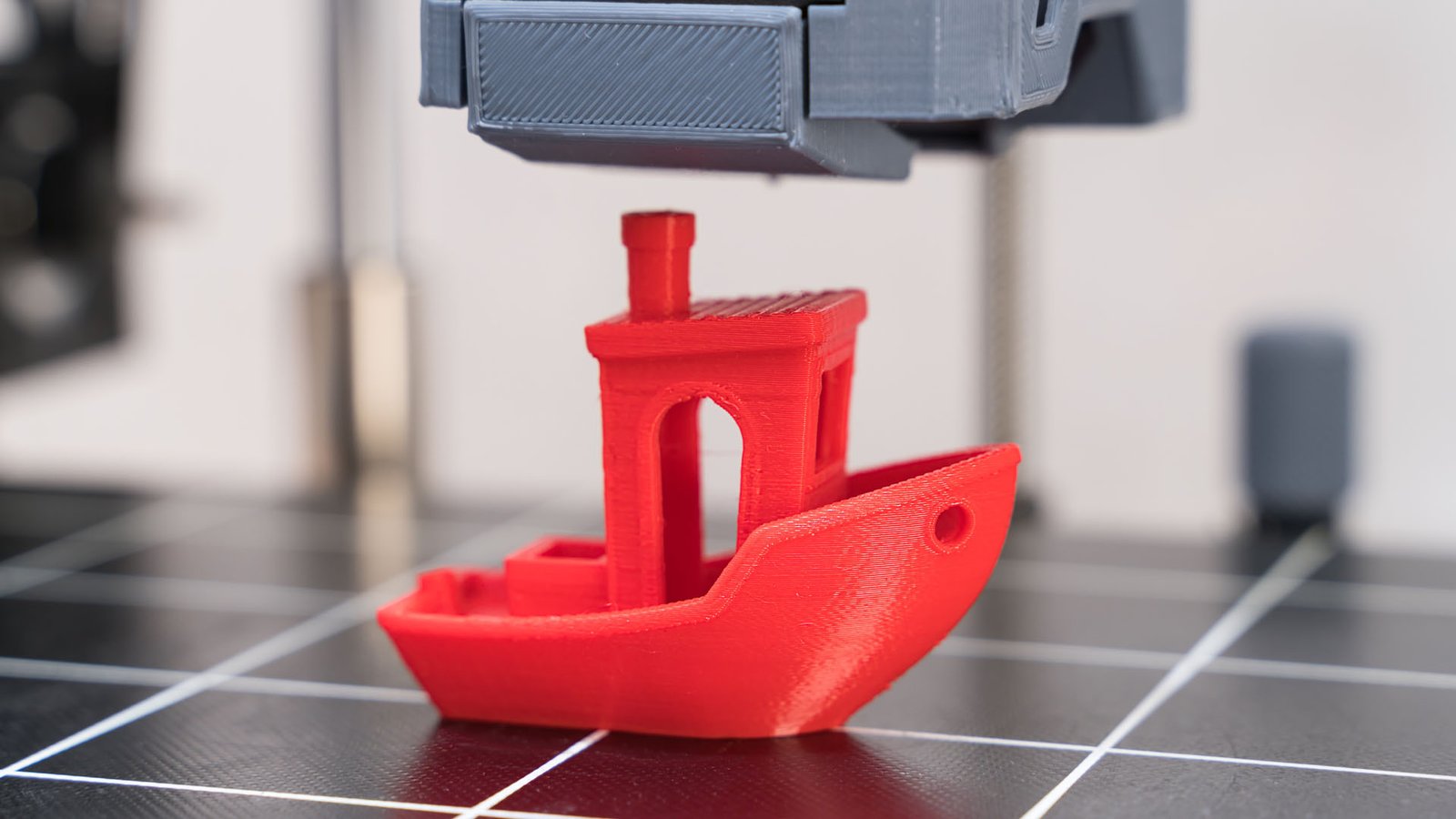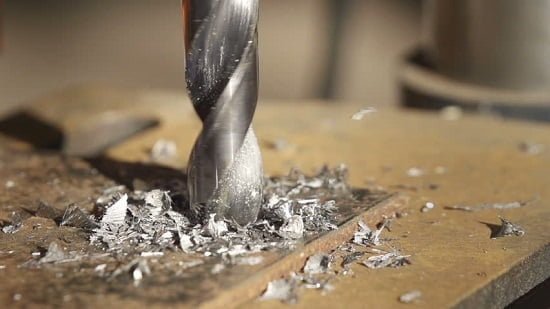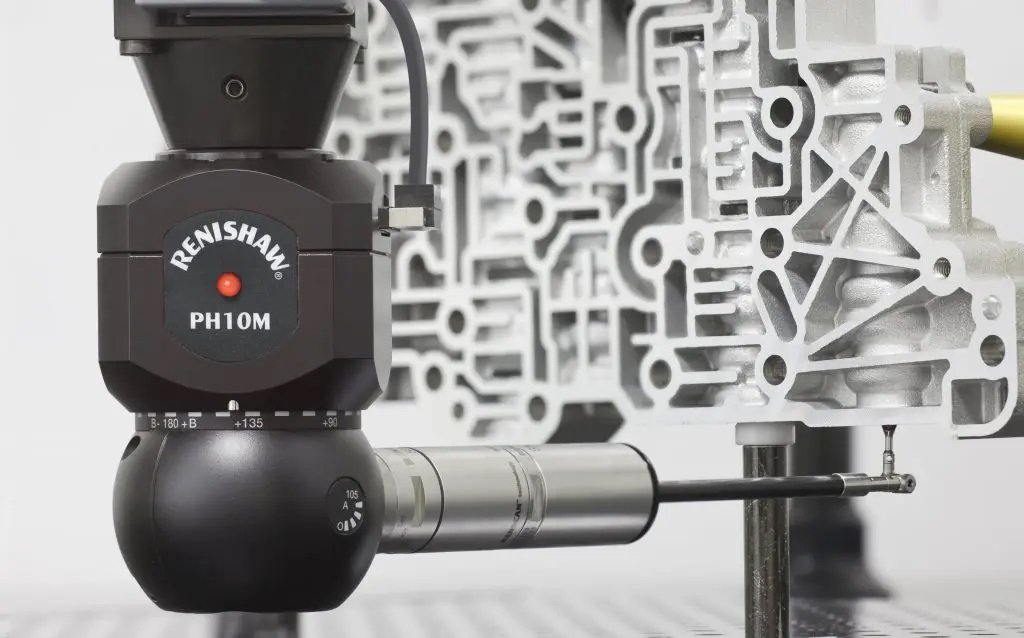what is Manual Milling?
Manual milling is a fundamental machining process that involves the removal of material from a workpiece using rotary cutters. This process is carried out on a machine called a milling machine or mill, which operates differently from a lathe. In manual milling, the machine operates under the direct control of an operator, unlike in CNC (Computer Numerical Control) milling where a computer controls the machine’s movements. Manual milling is a highly skilled trade requiring a deep understanding of machinery, materials, and machining techniques.
Basic Principles of Manual Milling:
Milling Machine Structure: A typical manual milling machine consists of a base, column, spindle, arbor, cutter, table, and control levers or handles. The spindle holds the cutter and rotates at various speeds, while the workpiece is mounted on the table.
Types of Milling Machines: There are several types of manual milling machines, including the horizontal mill, which has a horizontal spindle, and the vertical mill, with a vertically oriented spindle. Each type is suitable for different kinds of milling operations.
Cutting Process: Milling involves the use of rotary cutters to remove material from a workpiece. The cutter is mounted on a spindle, and the workpiece is attached to a movable table. The operator moves the table (and hence the workpiece) against the rotating cutter to perform cutting operations.
Diverse Operations: Milling machines are versatile and can perform a wide range of operations such as plain milling, face milling, angular milling, form milling, and more. The specific operation is determined by the position of the cutter relative to the workpiece and the shape of the cutter.
Manual Control and Skill: The machine’s motions (vertical or horizontal movement of the cutter and table) are manually controlled by the operator using handwheels or levers. This demands a high degree of skill and experience, as the operator needs to make precise adjustments to achieve the desired cut.
Precision and Accuracy: While manual mills lack the precision of CNC mills, they still can achieve a high degree of accuracy. Skilled operators can produce complex parts and intricate designs, although it requires more time and skill compared to CNC milling.
Tooling and Accessories: Manual mills use a variety of cutting tools, depending on the required operation. End mills, face mills, slitting saws, and drill bits are common tools. The use of the right tooling is crucial for effective milling.
Applications: Manual milling is particularly useful for custom jobs, prototyping, small batch production, and situations where the flexibility of manual control is advantageous. It is widely used in tool rooms, maintenance shops, and educational settings.
Challenges and Limitations: The main challenges of manual milling include the need for extensive operator training and experience, the potential for human error, and the comparatively slower production rate. Moreover, manual milling can be physically demanding.
Adaptability and Learning: Manual milling machines are excellent training tools, offering insights into the fundamentals of milling. Operators learn to read blueprints, understand material properties, and develop a feel for the machining process.
In summary, manual milling remains a vital manufacturing process despite the advent of CNC technology. It provides a level of flexibility and hands-on control that is sometimes lost with automated processes. The skill and expertise required in manual milling make it both a challenging and rewarding endeavor. While CNC milling is often more efficient for large-scale production, manual milling machines continue to be indispensable in many workshops and industries for their versatility and adaptability to a wide range of tasks.
Latest Articles in your inbox
Subscribe to our newsletter to get the newest manufacturing and industrial services articles in your inbox once a week.

